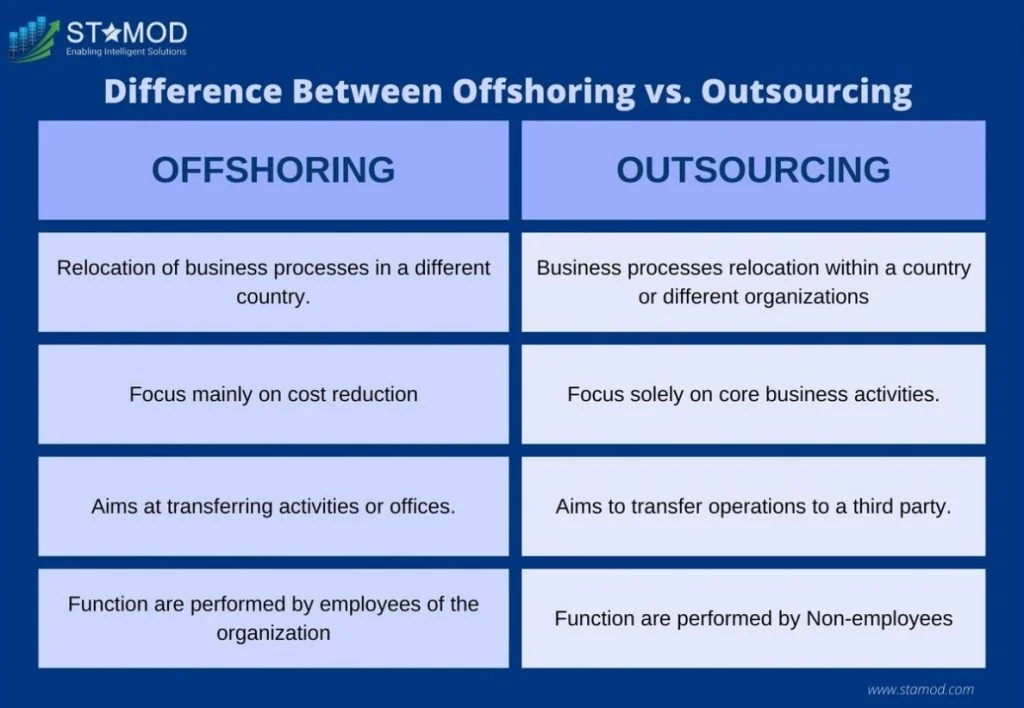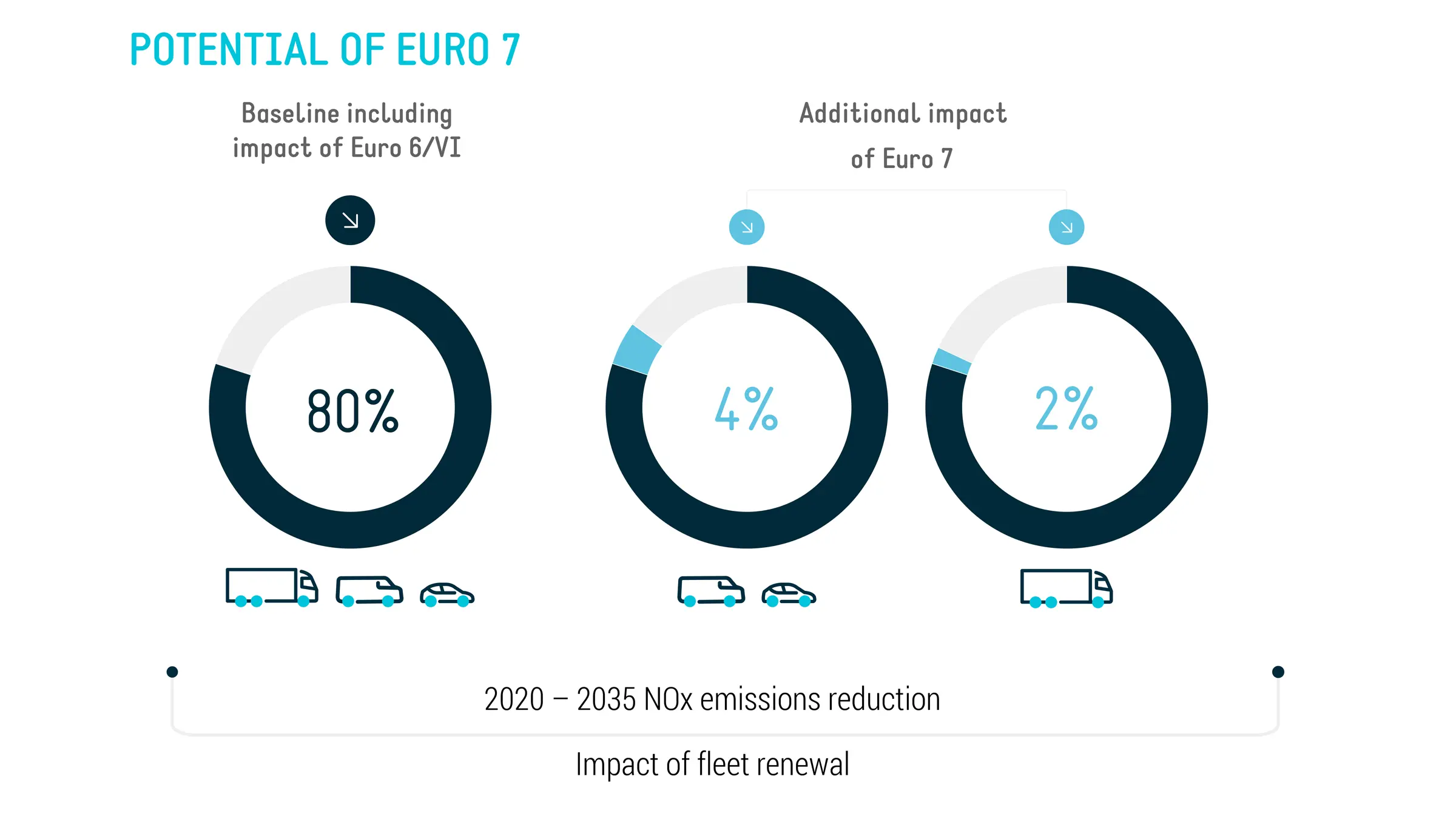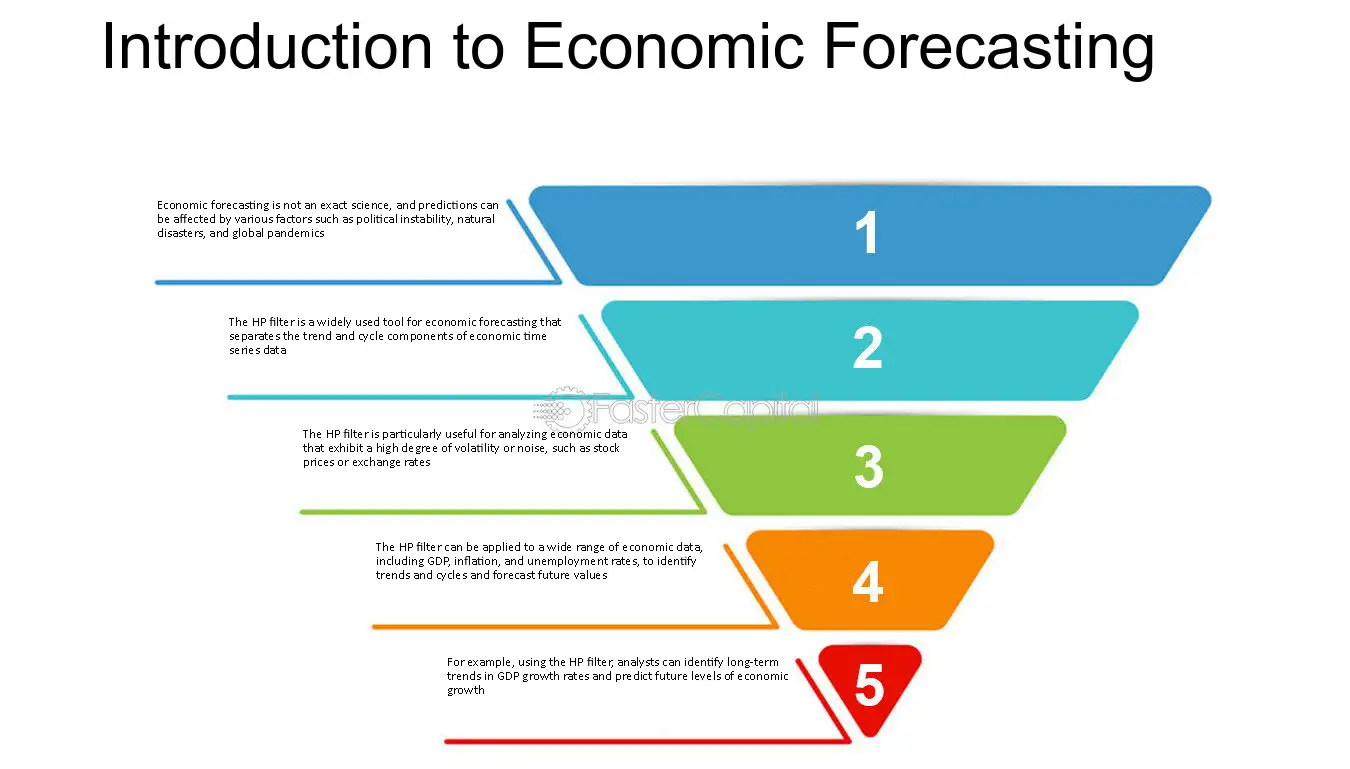Outsourcing vs. Offshoring: Key Differences
Mia Wilson

Photo: Outsourcing vs. Offshoring: Key Differences
Outsourcing vs. Offshoring: Key Differences
In an increasingly globalized economy, businesses are continually seeking ways to reduce costs, enhance efficiency, and improve service quality. Two common strategies employed to achieve these goals are outsourcing and offshoring. While both approaches involve delegating tasks to external entities, they are fundamentally different in terms of execution and objectives. Understanding the distinctions between outsourcing and offshoring is critical for companies aiming to remain competitive in today's fast-paced market.
Introduction to Outsourcing and Offshoring
Outsourcing and offshoring have become buzzwords in the business world, but they are often misunderstood or used interchangeably. Both involve transferring certain functions or tasks to an external provider, but the nature and scope of these transfers vary significantly.
Outsourcing typically involves contracting tasks or services to a third-party company, which may or may not be located in another country. Offshoring, on the other hand, refers to relocating a company’s operations to another country to leverage cost benefits and specialized talent pools.
This article delves into the key differences between outsourcing and offshoring, exploring their advantages, disadvantages, and how businesses can decide which strategy best suits their needs.
What is Outsourcing?
Outsourcing refers to the practice of hiring external organizations to handle specific business functions that were previously performed in-house. It can involve a wide range of tasks, from customer service and IT support to marketing, human resources, and logistics.
Types of Outsourcing
- Onshore Outsourcing: Partnering with companies located within the same country.
- Nearshore Outsourcing: Delegating tasks to firms in neighboring countries with similar time zones and cultural backgrounds.
- Offshore Outsourcing: Contracting work to companies located in distant countries, often to take advantage of lower labor costs.
Benefits of Outsourcing
- Cost Savings: Reducing the expenses associated with in-house staff, infrastructure, and operations.
- Focus on Core Competencies: Allowing businesses to concentrate on their primary functions by offloading non-essential tasks.
- Access to Expertise: Leveraging the specialized skills and experience of external providers.
Challenges of Outsourcing
- Loss of Control: Entrusting critical functions to third parties can reduce direct oversight.
- Quality Concerns: Ensuring consistent service quality may require significant effort in managing external partners.
- Data Security Risks: Sharing sensitive information with third parties poses potential security and privacy concerns.
What is Offshoring?
Offshoring involves relocating parts of a company’s operations to another country, typically to reduce costs or access specialized talent. Unlike outsourcing, where the work is handled by an external vendor, offshoring usually means setting up a dedicated facility in a foreign country that is still managed by the parent company.
Types of Offshoring
- Production Offshoring: Moving manufacturing or assembly operations to countries with lower production costs.
- Service Offshoring: Relocating functions such as IT support, accounting, or customer service to countries with highly skilled yet cost-effective labor.
Benefits of Offshoring
- Significant Cost Reductions: Labor and operational costs in certain countries are substantially lower than in developed markets.
- Access to Global Talent: Companies can tap into a broader pool of skilled professionals.
- Operational Efficiency: Establishing a presence in key international markets can enhance logistics and market responsiveness.
Challenges of Offshoring
- Cultural and Communication Barriers: Differences in language and cultural practices can lead to misunderstandings and delays.
- Political and Economic Risks: Changes in government policies or economic instability in the offshore location may disrupt operations.
- Longer Lead Times: Geographical distance can result in delays, particularly in supply chain management.
Key Differences Between Outsourcing and Offshoring
| Aspect | Outsourcing | Offshoring |
|---|---|---|
| Definition | Contracting tasks to external vendors | Relocating operations to another country |
| Control | Limited control over external providers | Retained control with a foreign subsidiary |
| Primary Goal | Access expertise, reduce costs | Reduce costs, access global talent |
| Location | Can be local or international | Always international |
| Management | Managed by third-party providers | Managed by the company itself |
Which Strategy Should Your Business Choose?
Choosing between outsourcing and offshoring depends on several factors, including the company’s goals, budget, and operational requirements. Here are some key considerations:
When to Choose Outsourcing
- When the company needs to access specialized expertise without the overhead of hiring full-time staff.
- When flexibility is a priority, and short-term contracts or projects are involved.
- When cost reduction is critical but maintaining close proximity to the service provider is preferable.
When to Choose Offshoring
- When long-term cost savings and operational efficiency are paramount.
- When the company has sufficient resources to manage an international facility.
- When expanding into a new market and establishing a local presence is part of the growth strategy.
Real-World Examples of Outsourcing and Offshoring
- Outsourcing Example: Many tech companies outsource customer support to third-party firms in the same country or abroad. This allows them to provide 24/7 service without the cost of maintaining a large in-house support team.
- Offshoring Example: A well-known example of offshoring is the establishment of manufacturing facilities in countries like China or Vietnam, where production costs are significantly lower.
The Future of Outsourcing and Offshoring
With advancements in technology and changing global dynamics, the landscape of outsourcing and offshoring is evolving. Automation, artificial intelligence, and robotics are reducing the need for manual labor, while geopolitical shifts and trade regulations are reshaping global supply chains.
Companies must remain agile, continuously evaluating their outsourcing and offshoring strategies to ensure they remain competitive. A hybrid approach that combines the best aspects of both strategies may become increasingly popular, allowing businesses to optimize costs while maintaining high-quality standards and flexibility.
Conclusion
Outsourcing and offshoring are powerful strategies that can help businesses reduce costs, improve efficiency, and access global talent. While they share some similarities, their fundamental differences lie in execution, management, and control. By carefully analyzing their goals and operational needs, businesses can determine the best approach to achieve sustainable growth. Whether outsourcing or offshoring, success lies in thoughtful planning, effective management, and continuous evaluation.
For You
View AllUnderstand Euro 6 emission standards and their impact on car manufacturing and air quality. Stay informed on environmental policy!
Mia Wilson
Learn how blockchain is powering the NFT market and what it means for creators.
Mia Wilson
Learn how VPS hosting boosts website performance and speeds up loading times.
Mia Wilson
Dive into the main causes of unemployment and how they affect the economy. Learn more about this critical issue!
Mia Wilson
Get insights into VPS hosting prices and how to choose an affordable plan.
Mia Wilson
Explore various economic forecasting methods and their importance in decision-making. Click to gain clear insights!
Mia Wilson
Education
View All
April 24, 2025
What Is Distance Education? Explained!
Discover how distance education works, its benefits, and how it’s transforming learning. Start your journey today!

April 17, 2025
What Is Secondary Education? Explained!
Learn about secondary education, its structure, and its role in shaping academic and career paths. Get insights today!

April 16, 2025
Why Is Education Important?
Explore why education is vital for personal growth, career success, and societal progress. Start learning now!





